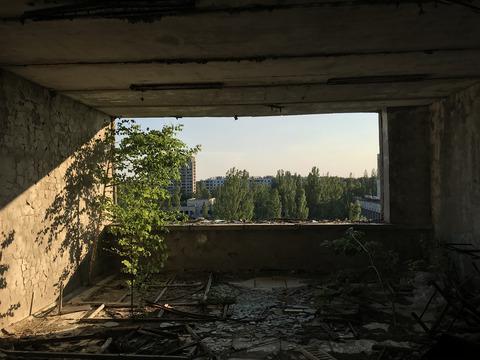Our official English website, www.x-mol.net, welcomes your
feedback! (Note: you will need to create a separate account there.)
After the anthropause: Lockdown lessons for more‐than‐human geographies
The Geographical Journal ( IF 3.6 ) Pub Date : 2021-01-07 , DOI: 10.1111/geoj.12373 Adam Searle 1 , Jonathon Turnbull 1 , Jamie Lorimer 2
The Geographical Journal ( IF 3.6 ) Pub Date : 2021-01-07 , DOI: 10.1111/geoj.12373 Adam Searle 1 , Jonathon Turnbull 1 , Jamie Lorimer 2
Affiliation

|
The drastic reductions in human activities and mobilities associated with quarantines implemented to curb the spread of SARS‐CoV‐2 was recently described as “the anthropause” by Christian Rutz and colleagues. Field scientists argue that the anthropause is a once‐in‐a‐lifetime opportunity for observation and data collection in a world devoid of anthropogenic disturbances, notably those from extractive industries and travel. In this commentary, we unpack the anthropause as a spatio‐temporal event, attending to its geographies, histories, and genealogies. There are multiple precursors of anthropause events which have locally altered human impacts on the environment. We document the ways in which the COVID‐19 anthropause has brought into focus human–animal relations through an analysis of the practices of scientists, publics, and nonhuman animals themselves. Following Arundhati Roy, we conclude by advancing an understanding of the pandemic as a “portal” rather than a pause, identifying lockdown lessons from the anthropause for a post‐pandemic new normality.
中文翻译:

停药后:针对超出人类地理范围的锁定课程
克里斯汀·鲁兹及其同事最近将遏制SARS-CoV-2传播的隔离所带来的人类活动和动员活动的急剧减少称为“失火时期”。现场科学家认为,在没有人为干扰的世界(尤其是来自采掘业和旅行业的干扰)下,炭疽热是一生中一次观察和收集数据的机会。在这篇评论中,我们解开了炭疽的时空事件,并探讨了它的地理,历史和家谱。有许多发生在人类周围环境的局部改变的炭疽发作事件的前兆。我们通过分析科学家,公众的实践,和非人类动物本身。继Arundhati Roy之后,我们通过提高对大流行的认识是“门户”而不是停顿,得出结论,并从大流行后的停滞教训中识别出锁定的教训,以实现大流行后的新常态。
更新日期:2021-02-28
中文翻译:

停药后:针对超出人类地理范围的锁定课程
克里斯汀·鲁兹及其同事最近将遏制SARS-CoV-2传播的隔离所带来的人类活动和动员活动的急剧减少称为“失火时期”。现场科学家认为,在没有人为干扰的世界(尤其是来自采掘业和旅行业的干扰)下,炭疽热是一生中一次观察和收集数据的机会。在这篇评论中,我们解开了炭疽的时空事件,并探讨了它的地理,历史和家谱。有许多发生在人类周围环境的局部改变的炭疽发作事件的前兆。我们通过分析科学家,公众的实践,和非人类动物本身。继Arundhati Roy之后,我们通过提高对大流行的认识是“门户”而不是停顿,得出结论,并从大流行后的停滞教训中识别出锁定的教训,以实现大流行后的新常态。











































 京公网安备 11010802027423号
京公网安备 11010802027423号